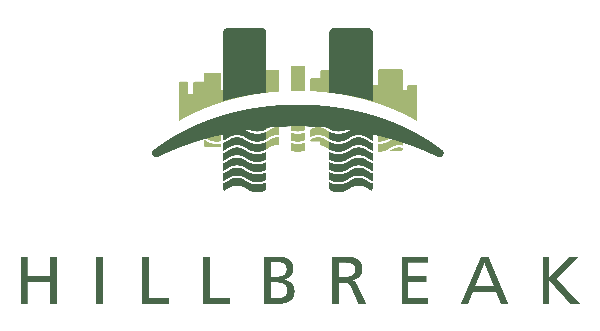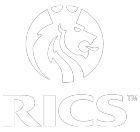Strategic Foresight: Stage 6 – Acting on an Agreed Agenda
Acting on an Agreed Agenda
Given that strategic foresight inherently has a long and broad horizon, the challenge to those concerned with taking action today to secure a better future tomorrow lies largely in forging the link between the vision ahead and the bottom-line now. This final phase of “Acting” is primarily about communication – making the conceptual more material, and getting the individual and collective ‘buy-in’ of all involved. Successful implementation also entails creating an acceptable action agenda, establishing an appropriate intelligence system and effectively institutionalising strategic thinking.
Communicating Policy Proposals
A presentation protocol for policy proposals should have been designed and agreed from the outset. So far as possible, all significant stakeholders should be engaged and key decision-makers committed. Great care has to be taken, moreover, to construct a communication plan that conforms to the culture of the organisation and confronts it on its own terms. Furthermore, it should have been tested and refined in a variety of feedback activities prior to public launch. From experience, we have found the following factors worthy of consideration:
- The forum and format for the final presentation should carefully be determined.
- Time spent rehearsing the best style for the particular audience is never wasted.
- The message often has to be tailored specifically recognising the complexity involved.
- Beware a mismatch in the mindset of the consultant and the client in considering expectations within different timeframes.
- Do not be afraid of being provocative and providing an element of surprise.
- Ensure an adequate explanation of alternative pathways and their consequences.
- Never sacrifice integrity simply telling an organisation what it wants to hear.
Plans, policies and proposals alone, however perceptive they may be, do not always readily convince organisations to address change. Scepticism of the findings from strategic foresight is not uncommon, and special skills on the part of the consultant are required to shape and advance an organisation’s awareness of the need to revise, reform and renew. We have always found that the ‘scenarios’ developed earlier in the process also promote a better understanding of the organisation’s position in terms of policy implementation.
Creating an Action Plan
It is a common conception, to which we concur, that ‘real’ change invariably only occurs through a sense of either potential crisis or great opportunity. Many organisations and their decision-makers are difficult to disturb from their comfort zones. It is often necessary, therefore, to generate a belief that the organisation cannot continue to operate in the way that it has – either through fear of imminent failure or the missed chance of boundless success. Again, there are a few pointers toward best practice.
- Creating a sense of urgency challenges the complacency of the client organisation.
- Beware of under-communicating the vision, and neglecting to connect proposed change to the organisational culture.
- Reinforce what the organisation is already doing and build from there.
- Challenge the assumptions that underlie the organisation’s expectations. Too many organisations expect the future to be like the present, only bigger and faster.
- Remember, all of the information necessary to make perfect decisions is never there.
- Identify ‘milestones’ along the path to the preferred future, and celebrate small successes on the way.
- Consider the possibility of investing in at least one “crazy idea”.
A common attitude towards the future is one of regret: “if only we had known earlier, then we could have……”. Constructing an action plan that has at least considered unconventional thinking will at least minimise the threat of this happening.
Establishing an Intelligence System
Any organisation large enough to have a formal planning process should also possess an ordered and customised system for developing business intelligence. One that feeds into it and is properly aligned. This intelligence system should constantly be monitoring and reporting on the external business environment. Further, it provides a common process for asking questions and formulating answers. Like a form of corporate radar, it also acts as an ‘early warning system’ to detect ‘weak signals’ flickering on the horizon that are the precursors of threats and opportunities. Commonly, it is held that there are a number of key steps to this.
- Identifying the most important fields for observation.
- Determining the pivotal questions to be posed about the future.
- Clarifying the critical issues surrounding strategic threats and opportunities.
- Deciding what are the most appropriate sensors – people, networks and search systems.
- Selecting suitable sources in terms of specialist expertise.
- Looking for reliable indicators of ‘discontinuous change ’ which are easy to collect and comprehend.
Increasingly, strategic foresight is being employed in response to ‘turbulence’ in the external environment. A lack of awareness, preparedness and adaptability can easily lead to organisations failing to accommodate disruption. Setting-up a satisfactory intelligence system as part of plan implementation becomes imperative.
Institutionalising Strategic Thinking
All too often ‘futures thinking’ and ‘strategic foresight’ are conducted by corporations on a one-off basis. It is, however, becoming progressively recognised that they need to be embedded within the organisational structure and decision-making processes of the firm or agency. Scanning for trends and issues should be part of corporate daily practice, and regular analysis to reflect on the insights thus garnered scheduled repeatedly into organisational programmes. A significant initial time investment is required to establish the framework and discipline, but, once done, the practice becomes second nature, and the mindset of the organisation invariably starts to change. Quite soon, the quality of the process and the added-value of the outcomes becomes evident. Indeed, to conclude, one is reminded of the adage coined by George Bernard Shaw: “You see things and say ‘Why?’ But I dream things that never were and I say ‘Why not?’”














